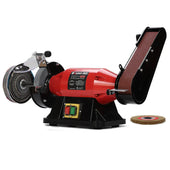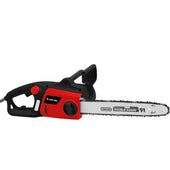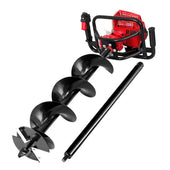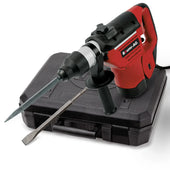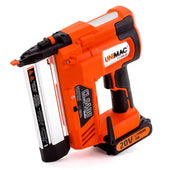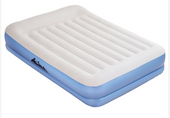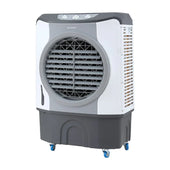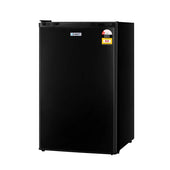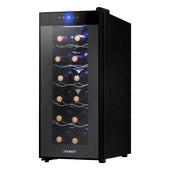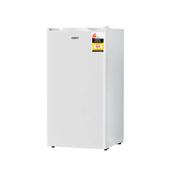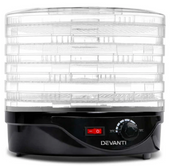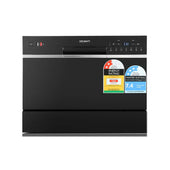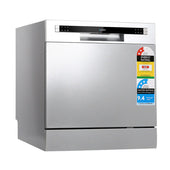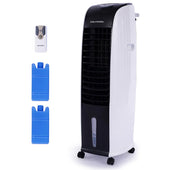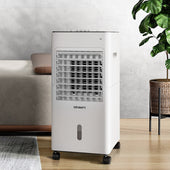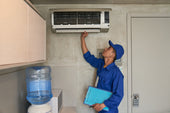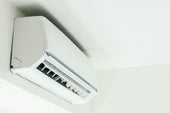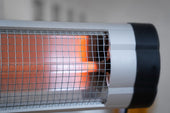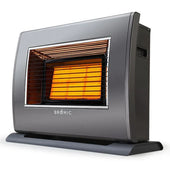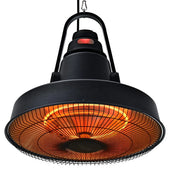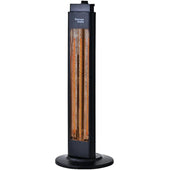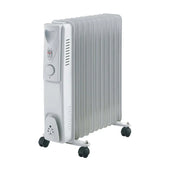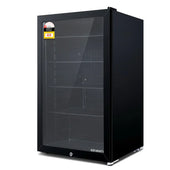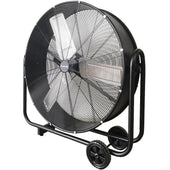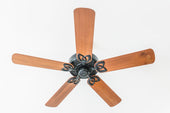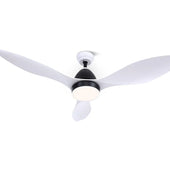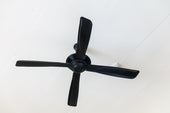Introduction to Property Security and Its Importance
Property security is a fundamental aspect of safeguarding assets, ensuring privacy, and preventing unauthorised access. With ever-evolving risks such as theft, vandalism, and trespassing, robust security measures are critical for residential, commercial, and industrial spaces. Durable fencing and barrier solutions play a pivotal role in creating clear boundaries and deterrents, enhancing the overall safety of a property.
The importance of property security extends beyond physical protection; it contributes to peace of mind and fosters a sense of control. Strategic placement of barriers aids in controlling footfall, managing traffic flow, and maintaining defined access points without compromising aesthetic value or functionality.
Factors to Consider When Choosing Fencing and Barriers
When selecting fencing and barriers, several key factors should be evaluated to ensure the right choice for specific needs:
- Purpose of Installation: Determine whether the barrier is for security, privacy, aesthetics, or safety. Each purpose demands distinct materials and designs.
- Material Durability: Evaluate the strength, longevity, and resistance to weather or wear. Options include wood, metal, vinyl, or composite materials.
- Budget: Calculate upfront costs and long-term maintenance expenses. Cost-effective solutions may compromise durability or quality.
- Aesthetics and Style: Match the design with the surrounding environment to maintain visual appeal.
- Local Regulations: Research zoning laws, permits, and height restrictions in the area.
- Environmental Impact: Opt for sustainable materials to reduce ecological impact.
Wrought Iron Fencing: Timeless Strength and Durability
Wrought iron fencing has long been regarded as a premier choice for those seeking both strength and aesthetic appeal. Known for its resilience, it can withstand harsh weather conditions, including heavy rain, wind, and snow, without compromising its structural integrity. Its malleability during production allows for intricate designs, making it equally functional and visually striking.
Key benefits of wrought iron fencing include:
- Exceptional durability: Resistant to bending, cracking, and denting.
- Customisable designs: Options range from traditional patterns to modern, minimalistic styles.
- Enhanced security: Its sturdy framework deters trespassers effectively.
Regular maintenance, such as sanding and painting, ensures longevity, preserving its timeless appeal.
Vinyl Fencing: Low-Maintenance and Customisable Options
Vinyl fencing offers a modern solution for homeowners and businesses seeking durable and versatile barriers. Known for its resilience against weathering, rot, and pests, vinyl requires minimal upkeep compared to traditional fencing materials. It resists fading, meaning there is no need for repainting or staining.
Key Benefits of Vinyl Fencing:
- Low-Maintenance: Simple cleaning with soap and water suffices.
- Durability: Withstands cracks, warping, and environmental wear.
- Customisation: Available in various colours, textures, and styles.
- Eco-Friendly: Made from recyclable materials.
For added functionality, vinyl fences come in privacy, semi-private, and decorative designs, catering to aesthetic and security needs.
Chain-Link Fencing: Affordable and Versatile Protection
Chain-link fencing offers an economical yet durable solution for a wide range of needs. Its interwoven steel wire design provides a sturdy barrier that effectively balances security and visibility. This type of fencing is often galvanised or coated with vinyl to enhance its resistance against rust, prolonging its lifespan in various climates.
Commonly used for both residential and industrial purposes, it is ideal for enclosing gardens, playgrounds, warehouses, and sports fields. Installation is straightforward, and repairs are typically minimal and inexpensive. Additionally, its modular structure allows for custom heights and lengths, offering flexibility for different applications.
Composite Fencing: Eco-Friendly and Long-Lasting Solutions
Composite fencing combines sustainability with durability, making it an ideal choice for environmentally conscious homeowners. Composed of recycled wood fibres and plastic, this fencing option reduces waste while offering robust performance. It resists warping, cracking, and rotting, even under extreme weather conditions, providing long-lasting protection.
Key advantages of composite fencing include:
- Low Maintenance: No need for regular painting, staining, or sealing.
- Aesthetic Appeal: Mimics the natural beauty of wood while maintaining its colour over time.
- Pest Resistance: Impervious to termites and other wood-boring insects.
With its eco-friendly composition and excellent lifespan, composite fencing delivers value without compromising the environment.
Electric Security Fences: Advanced Protection for Maximum Security
Electric security fences provide a high level of protection and are a preferred choice for areas demanding maximum security. By delivering a non-lethal but effective electric shock upon contact, these fences act as a powerful deterrent against unauthorised access.
Key features include:
- Voltage warning systems, alerting potential intruders of the risks.
- Tamper detection technologies, ensuring immediate response to breaches.
- Compatibility with alarm systems for integrated security.
These fences are commonly used in:
- High-risk facilities like prisons and power plants.
- Commercial premises requiring robust protection.
Electric security fences combine physical and psychological barriers, discouraging intrusions while providing immediate alerts, ensuring reliable safety.
The Role of Gates and Access Control Systems in Property Security
Gates and access control systems form a critical layer of defence in securing properties. These elements not only serve as physical barriers but also regulate and monitor entry points, deterring unauthorised access. Modern access control systems include keypads, intercoms, card readers, and biometric scanners, which allow property owners to customise entry based on security needs.
Automated gates integrate with these systems to provide seamless operation, combining convenience with robust protection. Pairing gates with surveillance tools such as cameras enhances perimeter monitoring. For multi-tenant properties, these systems can manage multiple access levels, ensuring only authorised individuals gain entry. Their adaptability ensures enhanced security for residential, commercial, and industrial settings.
Aesthetic Considerations: Balancing Security and Visual Appeal
Durable fencing and barrier solutions should seamlessly merge functionality with design. While security often dictates robust materials and sturdy construction, aesthetics play an equally vital role, especially in residential or public spaces. The choice of fencing materials, such as wood, steel, or composite, significantly impacts visual appeal alongside its durability.
Integrating decorative elements like patterned panels, custom colours, or textured finishes can enhance the design without compromising security. For modern spaces, sleek designs in neutral tones create a minimalist yet protective look, while traditional wooden fences evoke warmth and charm. Landscaping elements, such as climbing plants or strategic lighting, further soften the appearance of industrial barriers.
Legal and Zoning Requirements for Installing Fencing
When planning to install fencing, it is essential to adhere to local legal and zoning regulations. These rules are designed to maintain property boundaries and ensure community safety.
- Property Boundaries: Confirm property lines through surveys to avoid encroaching on neighbouring land.
- Permits: Many municipalities require a permit for fence installation, particularly for structures exceeding a specific height.
- Height Restrictions: Zoning laws often dictate maximum allowable fence heights, differing for front and back yards.
- Material Guidelines: Some areas restrict specific materials or design choices for aesthetic or safety reasons.
Homeowners must also consult homeowner associations where applicable to comply with additional fencing rules.
Estimated Costs and Longevity of Different Fencing Solutions
The cost and durability of fencing solutions vary based on material, installation, and maintenance. Below is an overview to help assess long-term value:
- Wooden Fencing: Costs between £20-£50 per metre. Lifespan: 10-15 years with proper maintenance, such as staining and sealing. Susceptible to weather and pests.
- Vinyl Fencing: Priced at £60-£80 per metre. Lifespan: 20-30 years. Requires minimal upkeep, though higher initial investment. Resistant to weathering.
- Chain Link Fencing: £10-£25 per metre. Lifespan: 15-20 years. Budget-friendly but less visually appealing; galvanisation prevents rust.
- Wrought Iron Fencing: Costs £100-£300 per metre. Lifespan: 50+ years with rust prevention treatments. Provides elegance and strength.
- Composite Fencing: Prices start at £80 per metre. Lifespan: 25-30 years. Low maintenance and eco-friendly, though prone to colour fading over time.
Factors like climate and maintenance influence longevity.
Tips for Maintaining Your Fence for Prolonged Security
- Regularly Inspect for Damage: Examine the fence for signs of rot, warping, rust, or loose components. Early detection of cracks, rusted nails, or unstable posts can prevent further deterioration.
- Clean Periodically: Remove dirt, mould, or debris to prevent the fence from weakening. A gentle wash with water and soap can help preserve its appearance and structure.
- Apply Protective Coatings: Use weatherproof paint, sealants, or rust-resistant treatments based on the fence material to protect against harsh elements like rain, UV rays, and snow.
- Address Vegetation Growth: Trim nearby plants and vines to prevent moisture retention, which can contribute to decay or structural weakening.
- Ensure Proper Repairs: Replace damaged sections promptly and tighten screws or brackets to ensure stability and security. Use materials consistent with the original design to maintain strength.
Conclusion: Choosing the Best Fencing for Your Needs
Selecting the ideal fencing solution requires careful evaluation of various factors to match specific needs. Consider the primary purpose of the fence, whether it’s for security, privacy, or aesthetics. Assess the durability of materials such as wood, vinyl, metal, or composite, taking into account weather resistance and maintenance requirements. Budget constraints play a crucial role; options range from affordable wire meshes to premium ornamental iron fences. Proper installation and compliance with local regulations must also be prioritised. By weighing long-term benefits against initial costs, individuals can identify a fencing option that balances practicality, durability, and design preferences effectively.



